Salt and Sanctuary (Video Game)

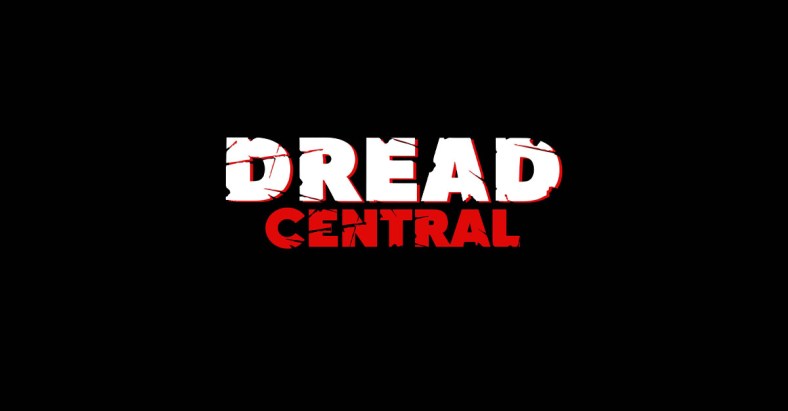 Developed by SKA Studios
Developed by SKA Studios
Available on PS4 and PC
Rated M for Mature
There’s an old bit that games critic and transcendental human extraordinaire Ben “Yahtzee” Croshaw used to have about games that were “Like God of War, but…” I had mixed feelings on it at the time, as I was (and still am) a huge God of War fanboy and was at an age that lacked the necessary mental maturity to take a joke. As years pass by and clone after clone marches on, his words have begun to resonate with me in the way I expect conservative values do with adults dealing with their first estate tax. I’m not saying that I’m a bitter and cynical old racist cracker. It’s kind of the opposite.
While imitations certainly exist, we don’t really live in a gaming era where “clones” are the problem. It seems that large companies like Ubisoft and Activision have realized that cheap imitation cash-ins make gobs of money with little effort, so they cut out the middleman and just did it themselves. Where once were knock-offs are now an endless parade of piddling sequels. All that you need is an impressive trailer and a brand name, and a whole brotherhood of fans will be willing to forget your last piss-poor attempt to bring unity to a franchise, raising the black flag of the most recent syndication of your asininely beloved title.
So now we live in the awkward universe where “inspiration” is more of a badge of honor. It no longer spells mediocrity, but genuine fan appreciation. Fan projects are now free to rise to the top of sales charts, and the corporations are happy just jerking their own limp franchises until the last droplets of sweet and salty cash dribble forth long after the last virile spasm. And let’s be real, it’s better to be an honest knockoff than a blatant soulless repeat.
Speaking of soulless, Salt and Sanctuary! No, not because it’s hollow (it’s got too much ember and humanity for that), but because it literally doesn’t have “Soul” in the title. Which is important, since this is basically a Souls franchise game. Hell, the first note I found in the game said, “Welcome to Dark Salts.”
Like God of War before it, I love the Souls series like it were a puppy made out of key lime pie. Playing it has filled many of my nights, and the level of hardcore it instilled in me has defined much of my adult gaming persona. While there is a reverent position it holds in my heart, I’m not a jack off about it. It’s sacred to me, but I’m an atheist. Games don’t have to follow the exact doctrine of the canon for me to respect their gospel.
It’s quite the buildup, but consider me the preacher willing to sing the parable of Salt and Sanctuary from the mountaintop. It’s a perfect homage to Dark Souls, but more importantly it’s a great game. It pries out the core of what made Dark Souls great, puts that into the heart of its own machine, and builds around it until something familiar yet entirely new emerges.
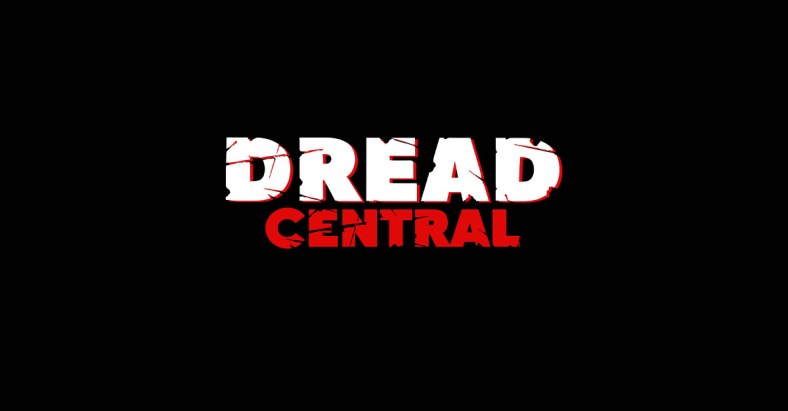
Preach!
I’ll admit, I didn’t find it exceptional from the start. I didn’t find Dark Souls to be either. Make a class with minimal information, chose one of 20 equally hideous body types, pick a vague starting bonus, and off you go into an incredibly basic tutorial area topped off with a massive unwinnable boss. You’ll start, figure out the basics of combat, lose, and begin the game proper, at which point it will still take a good 30 minutes for the game to get really challenging.
I guess I should stop blanketly saying Dark Souls, since the modern formula started with Demon’s Souls. It’s been followed pretty closely with minor variation in every game since (including Bloodborne). That in mind, each game has had its own distinct feel, which has led to endless fan infighting over which title is the “best.” It’s kind of meta-nerd minutia that only a massive fanboy loser has any real opinion on, so stay tuned for my episodic explorative novel, “Shining Light on the Dark (Souls).”
Thanks to hundreds of hours and several failed relationships dumped into the “Souls Hole,” I can confidently assess that Salt and Sanctuary most represents the original Dark Souls in design, and Bloodborne in visuals. Which is great, since as soon as everyone realizes that Dark Souls 3 was just okay, Dark Souls will once again retake its throne as the the best of the series, with Bloodborne still holding the title of most visually impressive. Although, my personal favorite is Dark Souls 2, but I long ago stopped being able to afford spare pint glasses to smash over heads in bar fights spawned by saying that, so let’s forget it.
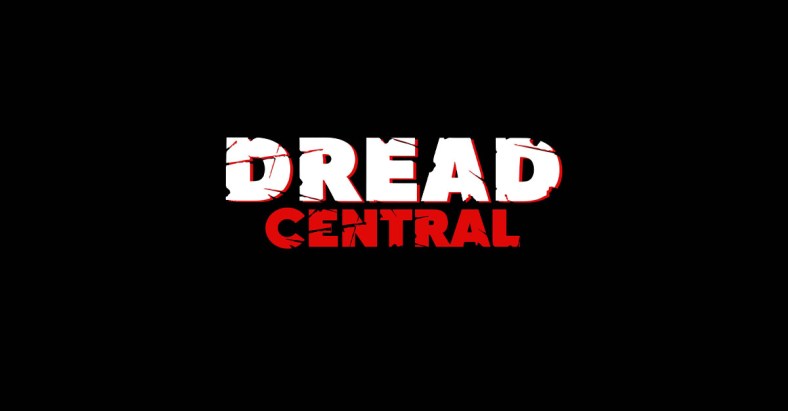
I am draped in my preferred garb, the gore of my slaughtered enemies.
I really want to drop the Dark Souls analogy here for sake of reading. If I keep it up, this whole review will be a dual analysis of S&S and DS, which there are not enough pages on earth to contain that essay. It’s a tough task, since the games are very similar. Both have incredibly vast open and interconnected worlds that initially present themselves as a much more constrained and linear experience. Both offer a number of varied play styles and loadouts that fundamentally change how you play. Both have a plethora of secrets, hard statistical calculations, and obscure items to figure out. Both present an ephemeral story, begging for analysis and fan theories to flesh out the larger picture. Both are really, really, really fucking great.
Fresh off of Dark Souls 3, what was most refreshing about Salt and Sanctuary was the difficulty. It was nice to once again have to learn attack patterns and count the number of hits it takes to stagger monstrous enemies. I actually took the time to learn the elemental weaknesses of the bosses to give me that extra edge. It reminded me that I don’t mind getting my ass kicked as long as I’m getting just a little closer to victory every time.
For a 2D game, the variety in fights was excellent. There was certainly something lost in the removal of a dimension, as now you don’t have to worry about the sweep of opponents attacks when planning your dodge. As long as you can clear their body, you can get through to their relatively safe backside and thwack away. The bosses mostly circumvent this, either through wide sweeping attacks or quick combos that swap direction too quickly to pepper in attacks. Dodging behind is still an integral part to not getting your ass kicked, but just don’t expect to follow up every dodge with a flurry of blows.
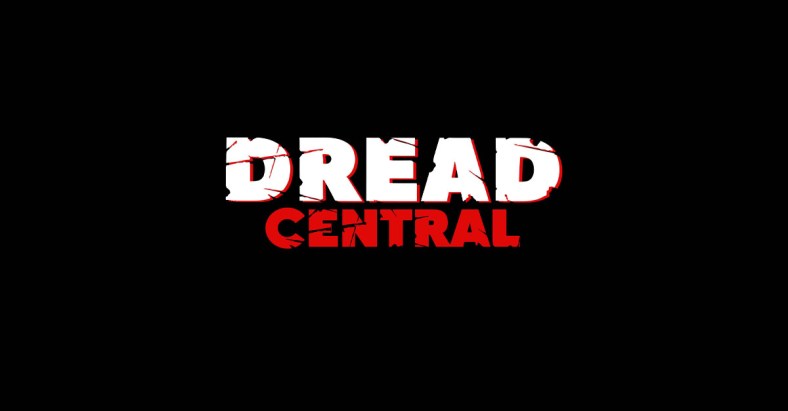
This is where I wanted to upload a picture illustrating this. Fun Fact: Salt and Sanctuary doesn’t pause when you try to take/upload screenshots. So instead, you get to see the ghost bat that spawns when you die.
Take my words with a grain of salt, because there are a ton of bosses and different enemies to throw all kinds of wrenches into any sweeping generalization. There are certain base enemy types that you’ll find throughout, but overall every zone will bring new styles of enemies that are going to demand you change up your game plan. You’ll go from a towering cathedral with equally looming enemies that require a more calculated approach, to a forest full of backflipping archers and lurking slimes that require quick reflexes and rapid pursuit. S&S isn’t afraid to throw you an obstacle that your build might not be able to deal with, requiring you to come up with creative solutions or avoid it entirely until better equipped.
Speaking of builds, there are a lot of them. For a 2D game about smacking things until they turn into experience, your options are plentiful. I personally went the 2-handed greatsword route, because Ted does not have time to pretend that hybrid builds and agility specs are a thing. I like to live a life where my damage numbers climb into the high triple digits and elite mobs vaporize. I also went heavy armor, because that actually matters in Salt and Sanctuary due to a substantial knockback mechanic. You could always be staggered in Dark Souls, and even launched by certain attacks, but being smacked across the arena is a fundamental reality of S&S. A reality that Ted has no interest in. Full titan armor remedied that.
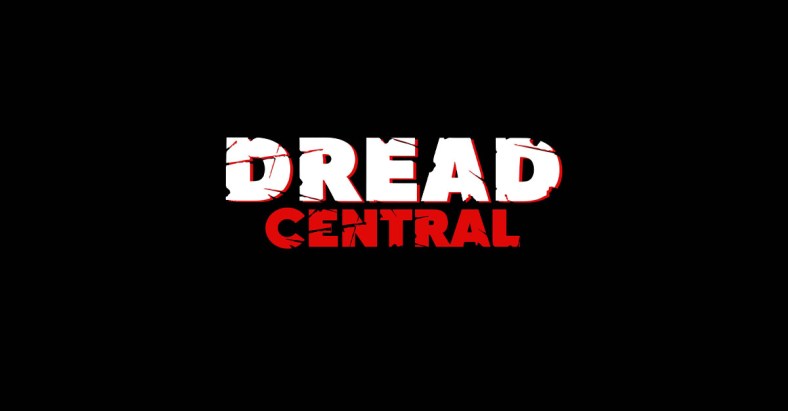
I did go through an embarrassing “light armor” phase when I was in my teenage levels and lacked confidence in my rock hard body
Another big difference that sets S&S apart is that instead of bonfires, sanctuaries serve as your checkpoints and safe haven. More than just places to level, heal, and respawn, each sanctuary can be populated with up to four NPCs that provide various buffs and services. For example, blacksmiths will give you a small damage boost in that zone, but also upgrade your gear. You’ll need to control a few sanctuaries to have access to the full roster of NPCs, but some are more useful than others. And by some, I mean the one that lets you teleport. He’s my hero.
It’s a simple system made far more compelling by the various different creeds. At the start of the game, an NPC will ask which of three creeds you belong to, which initially seems like just another bit of flavorful character creation. It’ll take you a bit to realize that this creed is what dictates a number of factors, most notably how your sanctuary will function. While the first sanctuary will automatically be aligned with you, most of the sanctuaries you come across already belong to a certain creed. You can use these sanctuaries to heal, but cannot level up or add NPCs without changing the alignment to yours. This can be done with a rare consumable item, but isn’t always recommended. Even with limited function, sanctuaries of other factions offer some benefits.
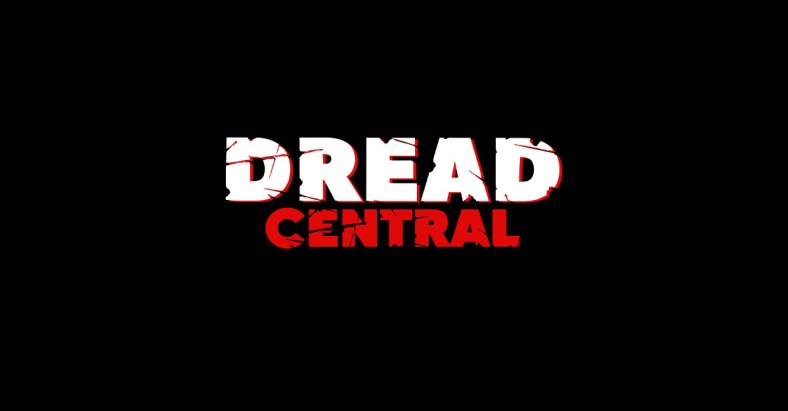
Huh, I wonder what this creed was inspired by.
First off, they allow you to change your creed. Each creed comes with its own pros and cons, with some being more aligned towards magic, killing NPCs, and even one for just being a greedy bastard. What items NPCs sell and what rewards they have for quests will change based on your creed. You can’t go about changing your creed too often either, as changing is considered a “sin” requiring absolution. Cleansing your sin is just cumbersome enough to make you think twice without being actually super difficult. What’s most interesting is that your creed fundamentally changes how you heal. Rather than having standard “Estus Flasks,” each creed has its own replenishable healing item. I started as a follower of The Iron Ones, which gave me rolls that would heal me slower but for larger amounts. Devra’s Light, on the other hand, has the fastest healing potion. The most interesting I found was The House of Splendor, whose flasks of wine would simultaneously heal me and build up toxin. It makes choosing your faction much more meaningful than just flavor, adding a real calculated gameplay decision.
There’s a lot of detail I could get into, because this game is pretty freaking huge. Several times I was certain I was dealing with what must be one of the final bosses only to find a new set of branching paths that led to totally different yet interconnected worlds. I put in about 25 hours before I realized I hadn’t even seen half the world yet. I assumed I’d just keep going right, but no. You will go up, down, left, right, around the world, into the clouds, across the ocean, and into the depths of hell before you are done. It’s all brought together by a series of sprawling corridors and clever wraparounds. Explore all you can, but don’t be surprised if a locked gate or odd dead end turn out to be a shortcut to some far later level.

Lighting plays a big role in hiding secrets, and it will be hard to repress the urge to leap off of every ledge straight to your death.
That doesn’t mean you shouldn’t explore. There’s a ton of secrets to find, including invisible doors you have to interact with to open. The ability for players to leave notes helps a lot, but will just as often tell you that jumping to your death will lead to a secret chest. The game does some cool stuff with the 2D layering, hiding platforms and ladders behind trees that can’t be seen when looking directly upon them. Pay attention to your surroundings, and realize that not all is as it initially seems.
There are a few minor criticisms I have for S&S. First, the game desperately needs a map. I get that Dark Souls didn’t have a map, but for a 2D game with this amount of exploration, I struggled to keep it all in my brain. I’m a completion maniac, so leaving a locked door behind under the assumption that I can come back later is akin to ripping out my toenails. On top of that, there are a number of areas that you can only access with certain mobility upgrades like wall jumping or flipping fucking gravity. It’s a metroidvania approach, so give it a metroidvania map.
Secondly, there are some weapons that are too hard to find. I actually started as a hunter, a dexterity build with a whip and gun that drew me in out of love for Bloodborne. After being unable to find a single whip or gun upgrade in the first nine zones, I gave up and went with the tried and true greatswords/heavy armor combo that has faithfully carried me through every RPG since I realized that magic was for squares. I would really like to have given the hunter build a shot, but alas, it locked all of the cool weapons in the later levels, and by that time my investment into strength was irreversible.
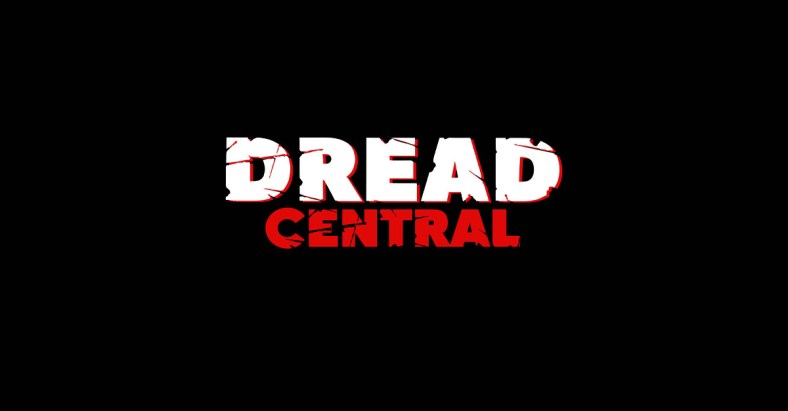
I do miss that baller hat though.
And that’s it. That’s all I can say bad about Salt and Sanctuary. It’s absolutely mind blowing that a game with this much content is being sold for $18. Visually it’s a treat for fans of the macabre bloody and brutal side of dark fantasy. It’s gameplay is spot on, perfectly combining exploration and combat to make a deep, hardcore gaming experience. It’s easy to understand, a mountain to master, and every step between the two is rewarding and fun. Buy it today. Buy it for your friends. Hell, buy it for your enemies. The world needs more games this good.
-
Game
Categorized:Horror Gaming Reviews

